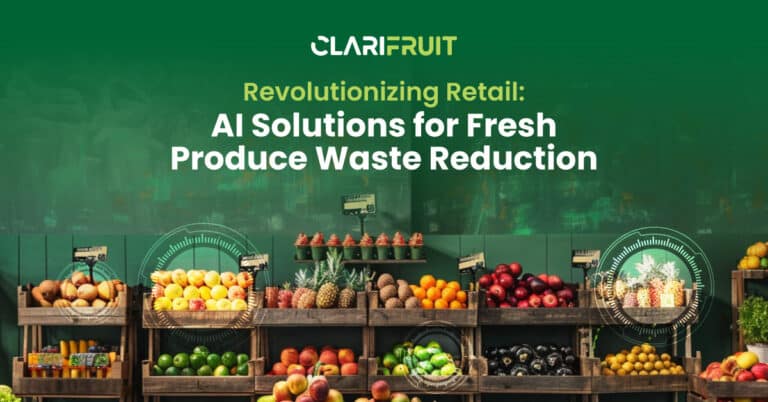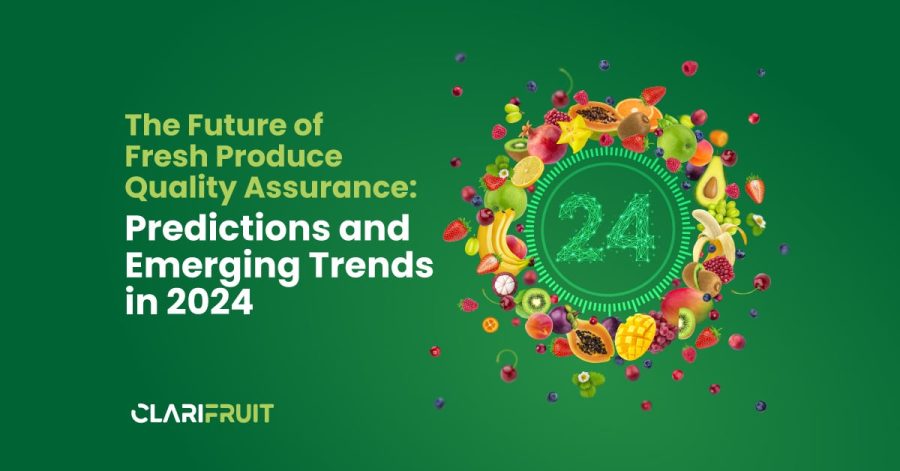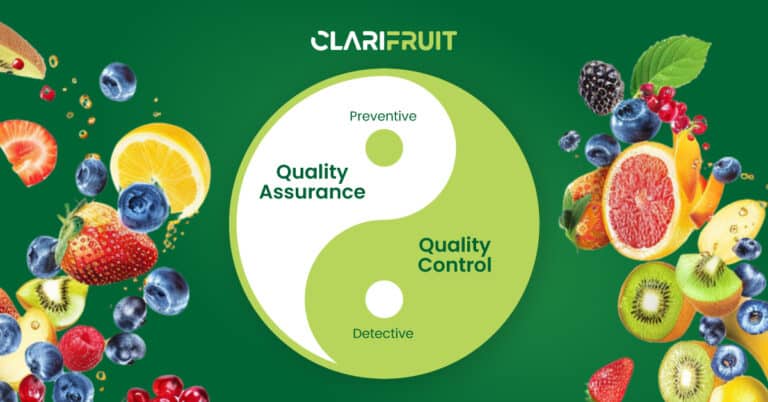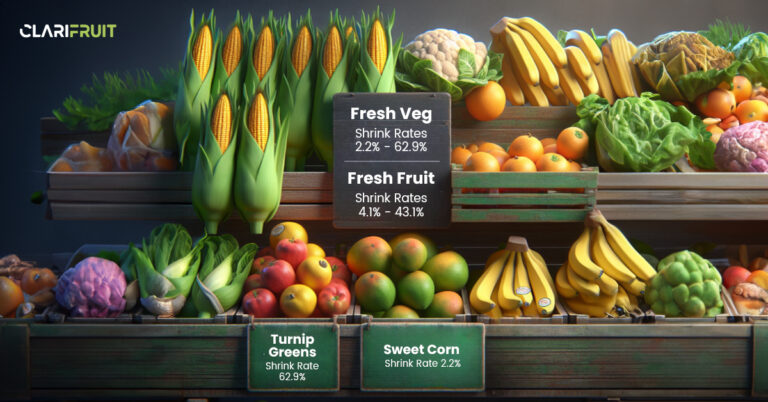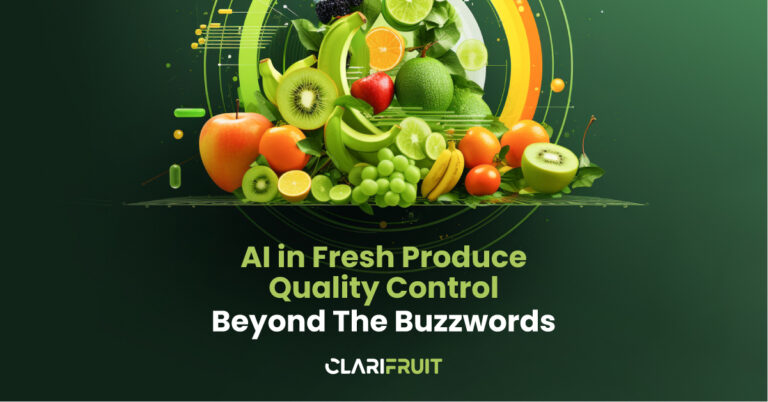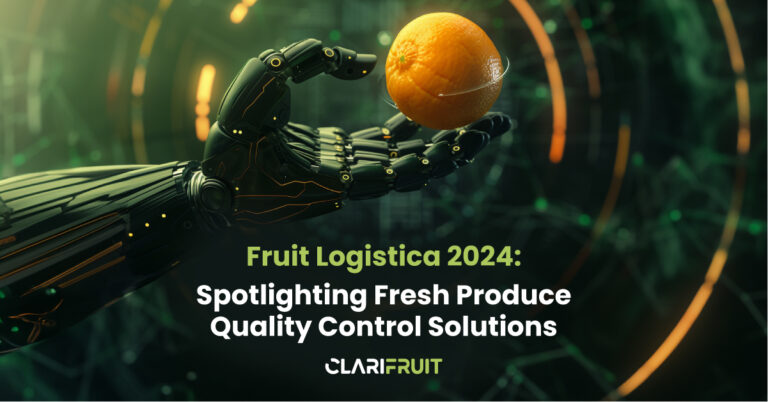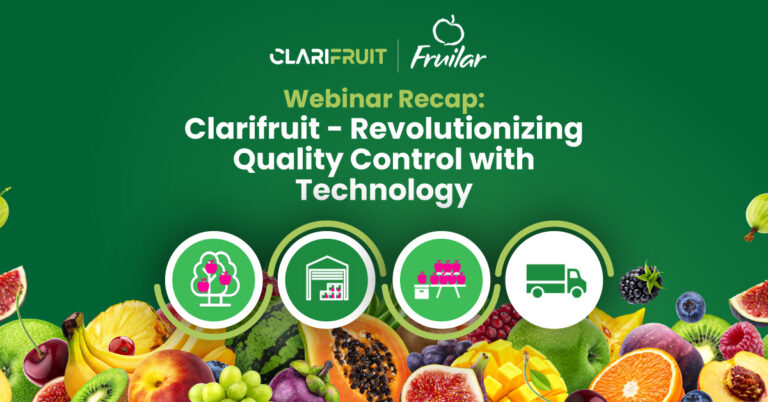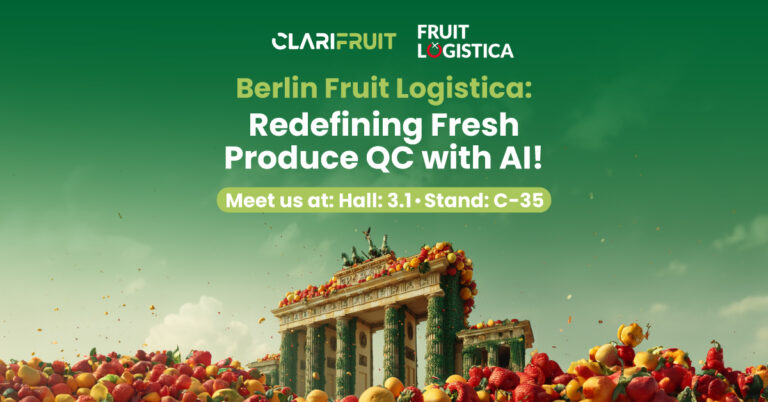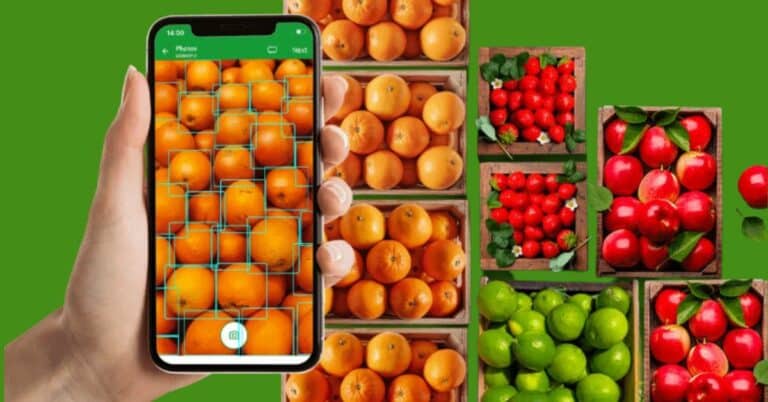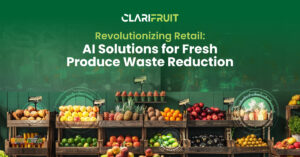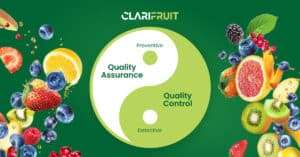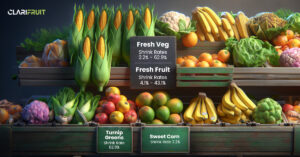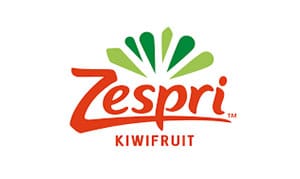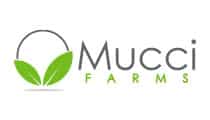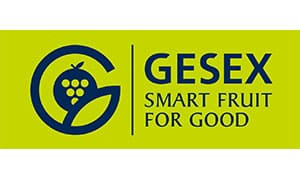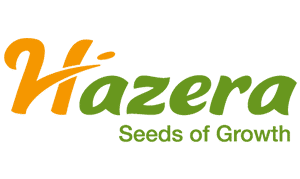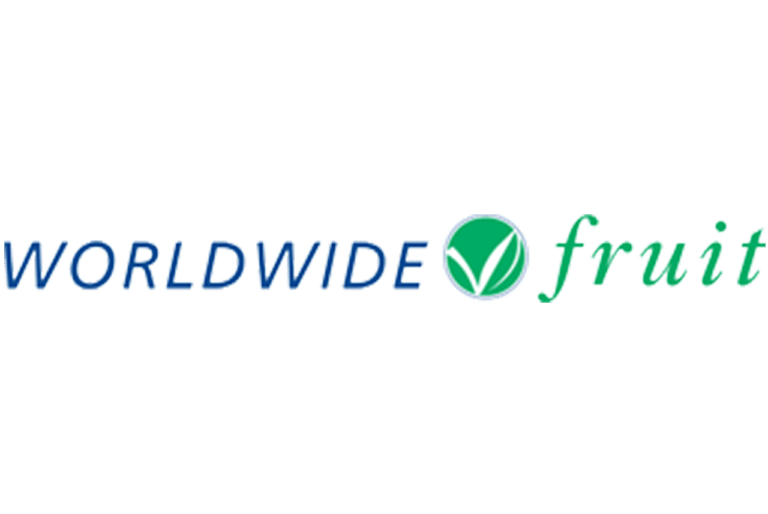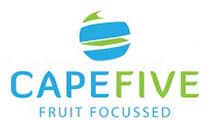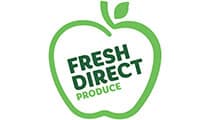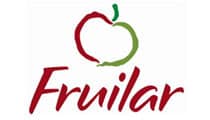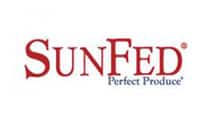Climate change, supply chain shocks and ever-increasing consumer demands: it’s been a tumultuous few years for the fresh produce industry, and many of the most urgent challenges show no sign of abating.
To survive and thrive through 2024 and beyond, fresh produce businesses will need to keep optimizing their fresh produce quality assurance processes. By now, technology has become the cornerstone of a truly modern, resilient fresh produce supply chain.
In this article, we’re taking a look at emerging trends that will define the industry through the coming year. We’ll also outline the role of technology in bolstering fruit and vegetable quality assurance to meet consumer demands and sustainability imperatives.
Artificial Intelligence and Machine Learning in Fresh Produce Quality Control: the Keys to Scale
Artificial Intelligence (AI) and Machine Learning (ML) have catalyzed radical shifts in every industry. The fresh produce industry is no exception, even though it has been relatively late to the AI party.
But now, AI and ML driven solutions are increasingly common on farms and orchards, an essential tool in the arsenal of fresh produce quality inspectors and quality managers. These technologies remove the guesswork and the legwork from grading fruits and vegetables, enabling unprecedented precision and consistency at scale. These technologies can analyze vast amounts of data from images of fruits and vegetables, enabling quick and accurate assessments of external and internal attributes .
Excel spreadsheets and convoluted email threads are on the way out. A more objective, consistent and cost effective quality control process is definitely on the horizon. There are still holdouts, but a near ubiquitous digitization of fresh produce quality control looks increasingly likely.
Sustainability and Organic Produce: the Intersection of Regulation and Customer Preference
Sustainability imperatives have a profound impact on agriculture as a whole, including quality assurance. Consumers are increasingly conscious of the environmental impact of their food choices. This awareness is driving up the demand for organically or sustainably grown fruits and vegetables. Farmers who use organic methods need a reliable way to assess the quality of their produce and work with potentially slim margins.
In tandem with consumer demand, government regulations are also tightening, placing additional pressure on the industry to minimize its impact. Proposed laws like the European Union’s Soil Monitoring Law are part of a long term strategy to mitigate environmental damage while guaranteeing food safety. Radically reducing waste will be one of the many demands that this kind of legislation will place on the industry.
In the United States, the Food Safety Modernization Act (FSMA) Rule 204 will also have a major impact on stakeholders across the fresh produce supply chain. Once it comes into effect in January 2026, the rule will require better traceability throughout the supply chain, and more comprehensive record-keeping and tracking for certain foods. For fresh produce businesses, this will mean adapting to more stringent traceability protocols, and adjusting operational processes to stay up to date.
The Power to See Ahead: Big Data and Predictive Analytics on the Rise
Another development that we expect to accelerate in the short to medium term is the adoption of Big Data platforms and techniques in fresh produce quality control. These tools enable produce buyers, such as wholesalers and retailers, to make decisions based on high quality data, forecasting quality issues before they even happen, and proactively managing the many moving parts in the supply chain for fruits and vegetables.
At Clarifruit, we have already begun to integrate our fresh fruit and vegetable quality solutions with analytics platforms. For stakeholders ranging from growers to marketing companies, this kind of integration can achieve a crucial one-two punch: one tool evaluates quality, while the other analyzes real time data to spot revenue opportunities and prescribe solutions to emerging problems.
Achieving a More Transparent Supply Chain with Traceability Tech
Traceability and transparency in the supply chain are vital components of modern fresh produce quality assurance. And technological advances have created new possibilities for the tracking and tracing of fresh produce. Technologies like RFID tags and QR codes allow consumers and retailers to track the journey of each piece of produce. Companies who embrace these technologies are gaining a competitive edge by being able to offer more robust quality control and confidence to their customers and clients.
This builds trust and makes it easier to respond to quality control mismatches or problems when they arise. These advantages are fuelling the 9.0% CAGR for food traceability solutions, expected to hit $34 billion by 2029.
The Human-Machine Interface: Training Fresh Produce Quality Professionals to do More with Less
While we expect automation and digitization to accelerate, this does not diminish the importance of professionals in the fresh produce industry. In fact, these tools promise to enhance the work that skilled quality managers and inspectors perform on a daily basis, enabling them to do much more, without adding headcount or budget.
Ongoing training and education will be essential for quality assurance personnel. This includes understanding the latest technologies, staying abreast of regulatory changes, and developing skills in data analysis and sustainable agricultural practices.
Clarifruit: AI That Empowers the World’s Fresh Produce Stakeholders
It would be unwise to predict an easy year for the fresh produce industry. Critical challenges persist, and much work needs to be done to modernize and future-proof the supply chain for fresh fruits and vegetables. But technology like Clarifruit is the just-in-time solution that forward-thinking fresh produce businesses need.
As we move forward, the industry will likely see more precise and efficient quality assessment methods, greater emphasis on environmental sustainability, enhanced traceability, and a stronger regulatory framework.
By leveraging future-ready quality control methods and technologies, fresh produce growers, exporters and buyers can move with confidence and play their part in defining a greener, more equitable future for fresh produce.
